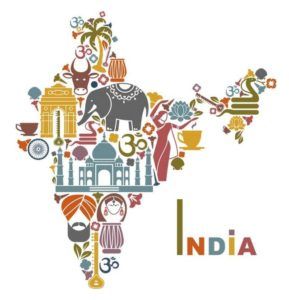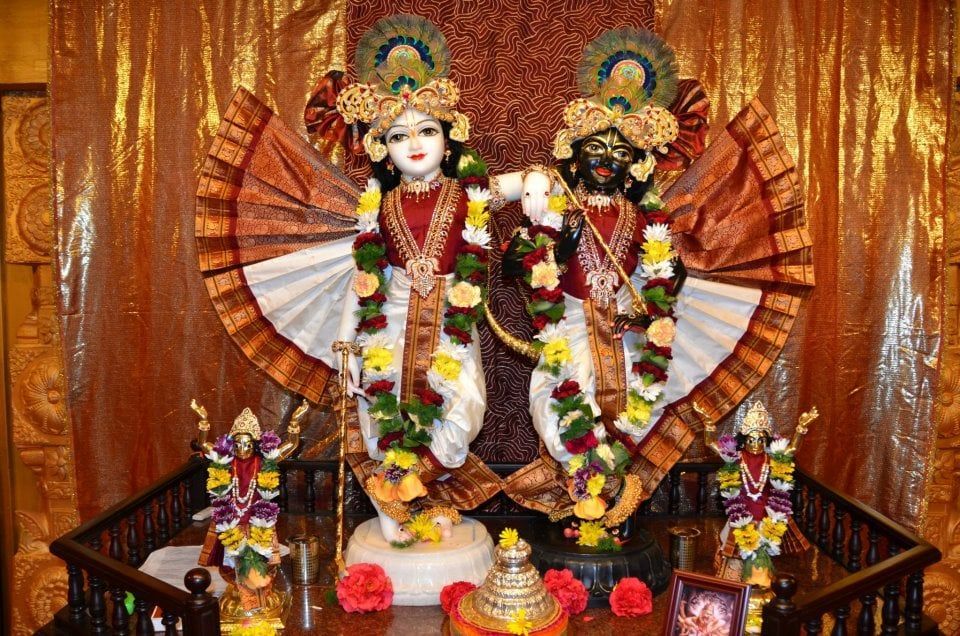Unity In Diversity
Sep 13, 2019 • 248 views
Introduction
Despite the multifarious diversity in geographical options, race, faith and language of the individuals, there's a deep underlying elementary unity in Indian Culture. This unity had doubtlessly been nurtured in recent times by a standardized system of administration and unfold of education. however, this ideal of unity in Asian nation isn't a recent growth. The founders of the Indian culture, and civilization tried to instill a way of unity in several walks of life and culture of the individual.

Cultural Diversity In India Source: Uja
Geographical components
conception of Asian nation's inherent unity has been developed through the ages on the idea of undivided India stretching from geographic area to Kanyakumari as one country. Its unity is obvious on its map. Asian nation has been planned naturally as associate undisputed geographical unit sharply isolated from the globe outside by natural boundaries. The primary expression given to the present unity was the outline of the complete land by the only name of 'Bharatvarsha'.
Religious components
There has been associated under-current non-secular unity among the assorted religious sects within the country. The essential unity of all religions has been the most theme of the Indian preachers, philosophers, and thinkers, and thus, spiritual diversity has prospered below the quilt of basic unity. The construct of 'One in Many' and of universal morality as the essence of faith has provided the essence of spiritual unity.

Religious Unity- Source: Snip View
Political components
Though it's believed that India’s continuity as a civilization was social, and cultural instead of political; however plan of delegating entire country beneath one central authority has been dream of eminent kings, sultans, emperors, and rulers. This notion was placed into implementation by Chandragupta; Asoka; Harsha; Akbar and British rulers. Despite this, India was never a well-organized unit. Even throughout British India, there had been 600 princely states that were internally autonomous. Then, our current kind of democracy and government attracts its existence from completely different political parties, political ideologies, and so on.
Racial components
India encompasses a country of fusion and assimilation. Countless variety of tribes and races returning to Asian nation were all absorbed within the broad cultural thought of the country. The founders of Indian culture never tutored as discrimination or emotion, and instead propagated the perfect of unity of grouping. Racial diversity gave a range to Indian culture that is its distinctive feature.
Linguistic components
Side by facet with this linguistic selection operates the unifying influence of Indic, the mother of most of the Indian languages. Indic has been acknowledged because the one sacred language by all sections of the individuals no matter their race, rank or creed. Most of the Indian languages have mount influenced by Indic, which can be considered a 'mother language' of Asian nation. What Indic had wiped out the past, the English and Hindi languages are attempting to try to do currently.

Linguistic Unity in India- Source: Pinterest
Accommodation within Hinduism
isn't an identical faith in one God, one book, one temple, and then on. it's a federation of faiths with multiple deities. Multiple Holy Scriptures and multiple of faiths and philosophies together with atheism. Its elastic character of Hinduism that has accommodated and adjusted with varied faiths, religions, etc. and has allowed being of many religions.

Intra-hinduism Unity- Source: Yelp
Institution of Pilgrimage
One of the vital origins of unity in India is It's journeying culture, mirrored in network of spiritual shrines and sacred places. For example, Badrinath, Kedarnath in North, Dwarka, Somnath in West, Rameshwaram in South, Puri in East and holy rivers across the length and breadth of the state has fostered the sense of India united unit.
A permanent and characteristically Indian expression of his spiritual unit is the network of shrines and sacred places with that the country has been lined. The construct of pilgrim's journey was formed as associate expression of affection for the country of origin associated as a way of deed an intimate data of the land of precedent days.

Pilgrimage Institutions- Source: Indian Holiday
Tradition of interdependency
Despite the actual fact that ours is a caste ridden society, Republic of India contains an exceptional tradition of interdependence, that has unbroken it united for hundreds of years. One example is that the Jajmani System or purposeful reciprocality of assorted castes. Jajman or Yajman is that the recipient of specific services. this technique ab initio developed within the villages between the food manufacturing families and therefore the families that supported them with different merchandise and services. the complete gamut of social order developed with Jajmani links with multiple varieties of payments and obligations. None of the caste was self sustaining and it depended for several things on different castes. Thus, every caste worked as a purposeful cluster and was connected with different caste via the mechanisms of Jajmani system. although Jajmani system painted the inter-linking of Hindu caste nonetheless, in follow this technique crossed the boundary of faith and provided linkages between completely different religions additionally. for instance, Hindu’s dependence on Muslim weaver or laundryman or Muslim’s dependence on Hindu dealer / tailor / Goldsmith etc. could be a manifestation of that mechanism solely, though not known as so.
